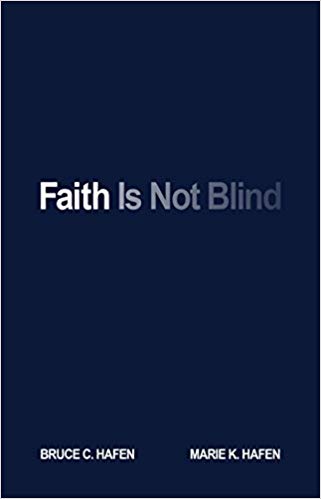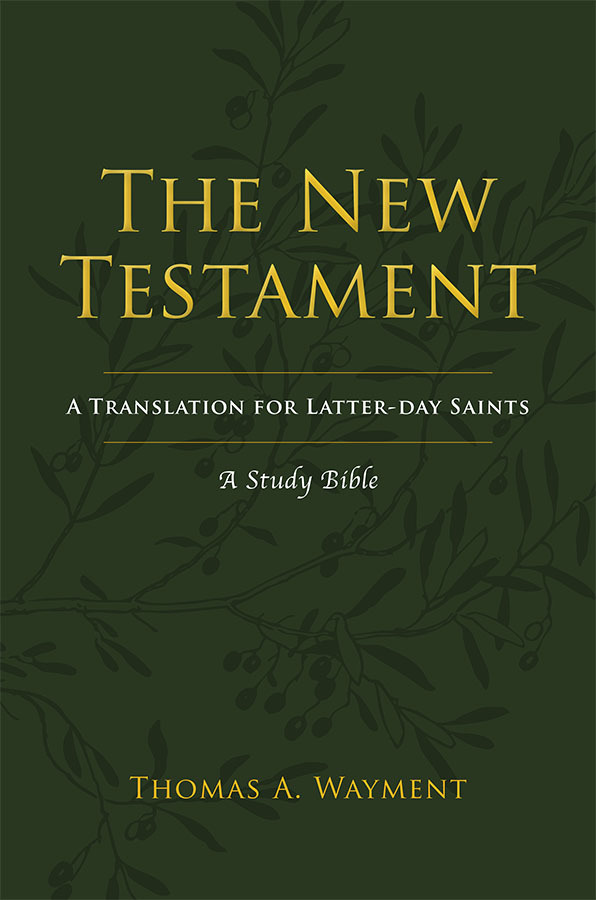 The Gospel of Jesus Christ is a message of peace and good will. The healing of relationships is an important goal of The Church of Jesus Christ of Latter-Day Saints.
The Gospel of Jesus Christ is a message of peace and good will. The healing of relationships is an important goal of The Church of Jesus Christ of Latter-Day Saints.
The General Authorities of The Church of Jesus Christ do not condone abuse of any type. General Conference talks over the last several decades have made clear that abuse is not the Lord’s way and is never acceptable for members in good standing [a search for “abuse” in the General Conference section of lds.org produces many talks which address this concern].
Before 1995, training provided to local leadership was less formalized, leaving local leaders to determine how to deal with offenders and how to counsel victims. Since that time, the governing handbooks have clarified the strong position of the church that protection of victims is a primary priority for local leadership.
In 1995, a Handbook* was published concerning this issue. In one of the sections, the stance of the Church against abuse was given teeth by instructing that abusers should not be given callings or have a temple recommend until they have repented. [Read more…] about Responding to Abuse





 Tyler J. Griffin was born and raised in Providence, Utah in the beautiful Cache Valley. After serving a mission in Brazil Curitiba, he returned home and completed a Bachelor’s degree in Electrical/Computer Engineering. He married Kiplin Crook and began teaching seminary in Brigham City, Utah. After six years in that assignment, he transferred to the Institute adjacent to Utah State University where he worked for the next seven years. One of his assignments there was working in the Seminary Preservice program (teaching and training potential seminary teachers) for four years. He also developed an online home study seminary program. His masters and doctorate degrees are both in Instructional Technology. He and his wife have 10 children (5 boys and 5 girls). He has been at BYU since August 2010.
Tyler J. Griffin was born and raised in Providence, Utah in the beautiful Cache Valley. After serving a mission in Brazil Curitiba, he returned home and completed a Bachelor’s degree in Electrical/Computer Engineering. He married Kiplin Crook and began teaching seminary in Brigham City, Utah. After six years in that assignment, he transferred to the Institute adjacent to Utah State University where he worked for the next seven years. One of his assignments there was working in the Seminary Preservice program (teaching and training potential seminary teachers) for four years. He also developed an online home study seminary program. His masters and doctorate degrees are both in Instructional Technology. He and his wife have 10 children (5 boys and 5 girls). He has been at BYU since August 2010. Our volunteers have been very busy transcribing the presentations from the conference held in August. The following transcripts are now available:
Our volunteers have been very busy transcribing the presentations from the conference held in August. The following transcripts are now available:

